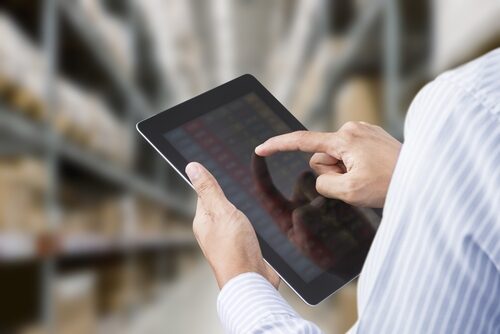Supply chain professionals at every stage of their career know there is increasing risk in our global supply chain – they see it, and at times, they really feel it. It may not have been as easy to quantify, though as it is now, thanks to the McKinsey Global Institute (MGI), the business and economics research arm of management consulting firm, McKinsey. In August, MGI released a report called, “Risk, resilience, and rebalancing in global value chains,” that discusses how complex, but lean supply chains are designed for efficiency, cost, and proximity to markets, but not necessarily transparency or resilience.
In an October podcast about the study, Susan Lund, an MGI Partner, said the research team learned from experts across industries that on average, companies now expect to have disruptions to their production lines for 1 to 2 months every 3.5 to 4 years. The main takeaway: companies need an understanding of their exposure, vulnerabilities, and potential losses to inform resilience strategies. A key factor in that is visibility.
Enter the supply chain control tower. The concept for supply chains is similar to the control tower we are familiar with at the airport – a central hub that has eyes and ears on all interconnected operations in order to make the best and most informed decisions. Supply chain control towers, sometimes referred to as command centers, use a mix of communication tools, operating protocols, and software systems in order to see across an entire company and its suppliers, vendors, and partners.
The following are the three critical components of a supply chain control tower.
Systems
Teams and individuals need to know what part they play and when to do their part. This involves established departmental roles and responsibilities, clearly communicated expectations, adherence to company core values, and checks and balances that ensure accountability.
Advanced Planning
Enterprise Resource Planning (ERP) and integrated supply chain software systems can collect large and detailed amounts of data in real-time that help companies manage scheduling, purchasing, and logistics to optimize the delivery of goods. Forecasting order volumes with customers can also help manage timelines for acquiring raw materials and creating educated revenue predictions.
Rapid Response
Control towers need to know how to handle cases where systems or processes have gaps or breakdown. That means using on premise tools to facilitate communication and coordination across company boundaries. Repeatable processes in a modern automation tool further collect information that can enable root cause analysis, which leads to continuous improvement and reduced risk.
StrataFlows is an affordable, easy to use tool that John Deere, CASE Construction Equipment, and others use to effectively deal with material flow disruptions. It can add value to the Systems and Advanced Planning elements of a control tower, but is most critical as a rapid response to urgent parts inventory needs.
For example, with the Hot Parts module, manufacturers start by tracking the different phases of fulfillment accurately, such as receipt and picking the part. As issues arise, or additional information needs to flow, it is captured, automated, and communicated to the team. Team leaders can use reports and dashboards to visualize trends and pinpoint where a process is improving.
Whether you are working to build resiliency over long-term risks, avoid imminent impact or recover from an outage, communication, visibility, and coordination are essential. Talk to us today about how StrataFlows can be a key workflow player in your supply chain control tower. Email andy.olson@stratwise.com





